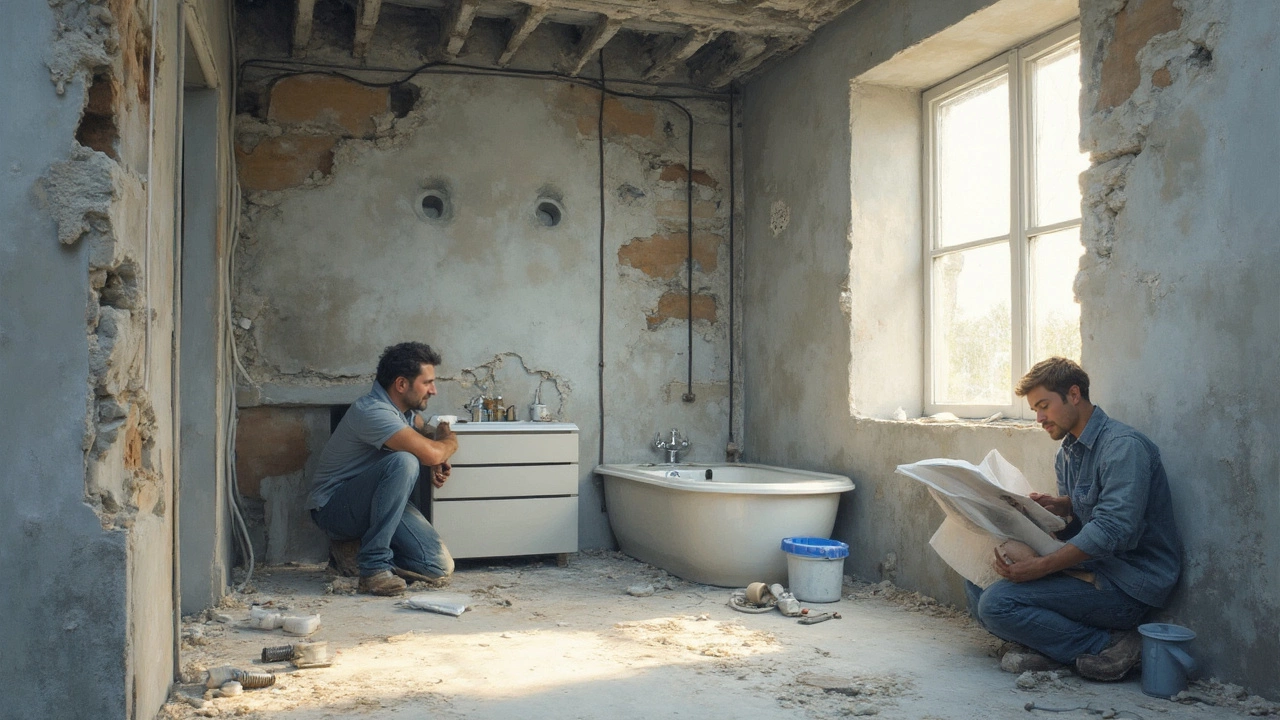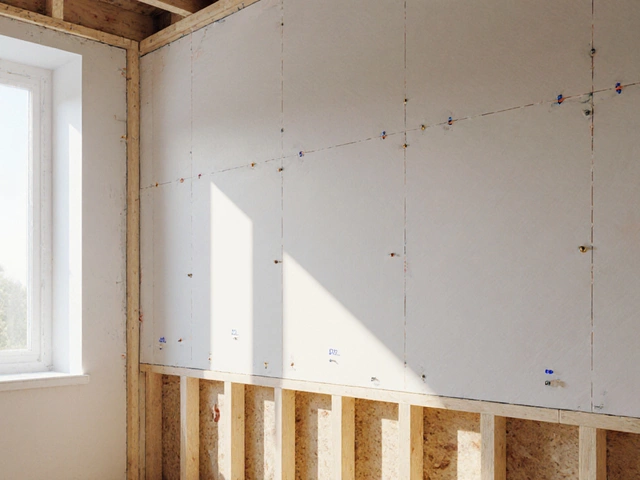Remodel Order: Your Practical Guide to Planning and Placing a Home Renovation
If you’re thinking about a kitchen update, a new roof, or fixing a sagging foundation, the first thing you need is a clear remodel order. A remodel order is simply a written plan that tells everyone – from the supplier to the contractor – what work will be done, what materials are needed, and how much you’re willing to spend. Without it, projects stall, costs balloon, and you end up with surprises you didn’t ask for.
Step 1: Define What You Need
Start by walking through every room you want to change. Write down the big items first – new cabinets, floor joists, roof shingles – then list the smaller details like paint colour or faucet style. For each item, note why you’re doing it. Is the foundation cracking because of water? Is the bathroom remodel meant to improve resale value? Knowing the "why" helps you prioritize and makes it easier to explain the project to a builder.
Next, match each need with a realistic outcome. For a dry‑fit kitchen, you’ll need a layout plan, rough‑in plumbing, and a timeline for final installation. For a roof replacement, decide whether you want asphalt shingles, metal, or something else, and check the local climate impact. When you write these specifics down, you turn vague wishes into actionable tasks.
Step 2: Choose Materials and Set a Budget
Now that you know what you want, look at the materials that fit. Limestone from local quarries, for example, is a solid choice for foundations and gives good drainage. It’s cheaper than importing stone and cuts transport emissions. For kitchen cabinets, compare MDF, solid wood, and ready‑made dry‑fit options – each has a different price point and installation time.
Once you have a material list, add up the costs. Include not just the price of the product but also delivery, waste, and any special handling. A common mistake is forgetting the cost of waterproofing a foundation crack; that tiny extra line can save you from huge structural damage later. Add a 10‑15% contingency for unexpected issues – most projects run into at least one surprise.
With numbers in hand, write a simple budget table in your remodel order. Put the material cost, labour estimate, and contingency side by side. This makes it easy to see where you can cut back or where you need to spend a little more for quality.
Finally, turn the budget into a timeline. Most contractors charge per square foot or per hour, so knowing how many days each phase will take helps you avoid overtime charges. Schedule high‑impact work like foundation repair early, because it can affect later stages such as flooring or wall finishes.
When your remodel order is complete, share it with the supplier, your builder, and any specialist trades (like a plumber for a bathroom remodel). A clear order reduces back‑and‑forth emails, keeps everyone on the same page, and speeds up the approval process.
Remember, a good remodel order is a living document. As you get quotes, you may need to tweak material choices or adjust the timeline. Keep the file updated and always refer back to the "why" you started the project. That focus will guide you through tough decisions and keep the renovation on track.
So, grab a notebook or a simple spreadsheet, list your goals, pick the right materials, add a realistic budget, and you’ll have a remodel order that moves your project from dream to reality – without the headaches.
Best Steps for Renovating Your Bathroom

Renovating a bathroom can be a daunting task, but with a clear plan and order, it becomes manageable. The process involves deciding what to tackle first, from demolishing old fixtures to the final touches. Knowing the right sequence not only saves time and money but also reduces stress. This article takes you through the step-by-step order for a smooth and successful bathroom renovation.
read more



